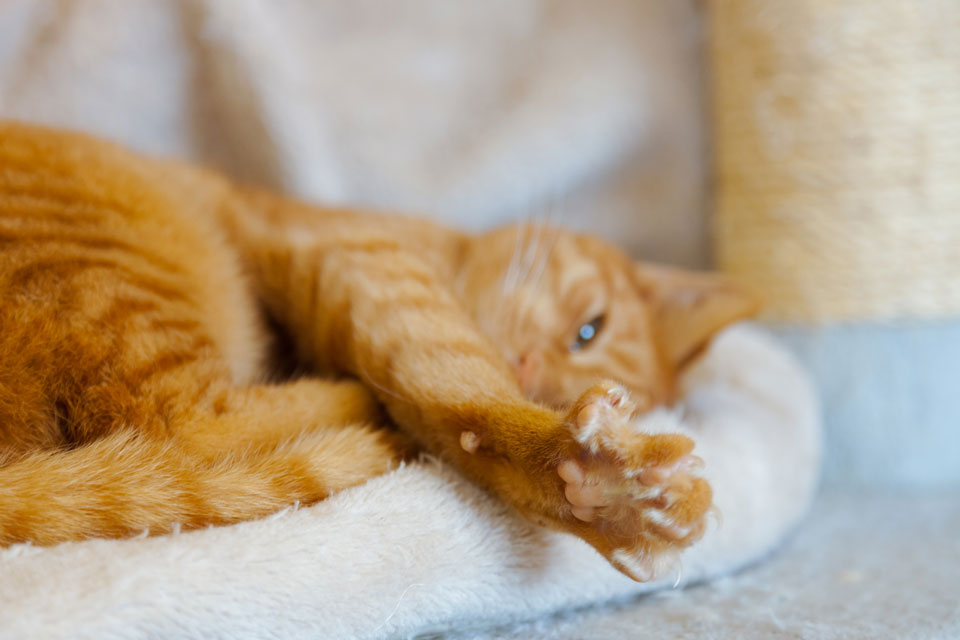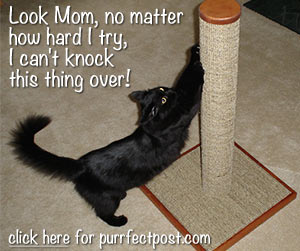VCA Prohibits Cat Declawing

VCA, a corporate veterinary clinic organization with individual franchise clinics all over the US and a few in Canada, has banned declaw surgeries in its clinics as of February 21, 2020.
Why Has VCA Banned Cat Declaw Surgery?
VCA banned declaw surgeries because feline scratching is normal behavior and declawing can lead to chronic pain and long-term behavior issues such as inappropriate urination and biting.
Many organizations, cities, states, and countries around the world have banned cat declaw surgery, and many others are considering doing so and probably will soon. They've done so because, at its heart, declaw surgery benefits only the humans in a household and harms the cats.
What Are the Potential Side Effects of Cat Declaws?
Declaw surgery is the amputation up to the first joint of each toe that is declawed. That's because a cat's claws grow out of the end of their last toe bone, not on top of the digit like a human's nail does.
So, when a cat has the front paws declawed, it involves 10 separate amputations. When all four paws are done, it is 18. As soon as the cat wakes up, she must walk on those amputation sites directly because cats are digitigrade animals. That means they walk up on their toes, not on the bases of their feet like their plantigrade human counterparts.
Because it is a multiple amputation surgery, during which bone, skin, tendons, ligaments, and blood vessels are severed, declawing is a painful surgery for a cat to recover from.
Not only that, but there is also a high rate of both short and long-term consequences for declaw surgery in cats.
Short-term consequences can include:
- Infection of the surgical sites
- Opening of the incisions
- Extreme pain
Long-term effects can include:
- Regrowth of abnormal claws through the skin
- Arthritis in the amputated joint
- Chronic pain
- Behavior issues like biting and inappropriate urination
How Else Can People Keep Their Cats from Scratching Inappropriately?
Now that you've read about the reasons for many organizations and areas to ban declawing, you may be wondering how else people can keep their cats from scratching unwanted items in the house. Luckily, there are ways to make sure your cat gets his healthy scratching without ruining your furniture.
- Scratching posts can decrease or eliminate furniture scratching. But you'll need to choose the proper post. If it's not made of material cats like to scratch, is unsteady, or is too short, your cat won't use it. Cats prefer tall, solid, sisal fabric-covered posts. They also want posts in high-traffic areas of the home. So, get some good posts and put them in prominent spots. Then reward your cat for using them. Learn more: "How to Choose the Best Scratching Post."
- Soft Paws can protect your belongings. Soft Paws are vinyl claw caps that can be applied with non-toxic, cold-bonded adhesive to your cat's claws. They dull the claw, so it's less likely to be able to cause damage to scratched items. Then, they grow out with the claws' normal growth, and you reapply as needed.
You can see the press release from VCA regarding this issue here: Declaw Press Release.


